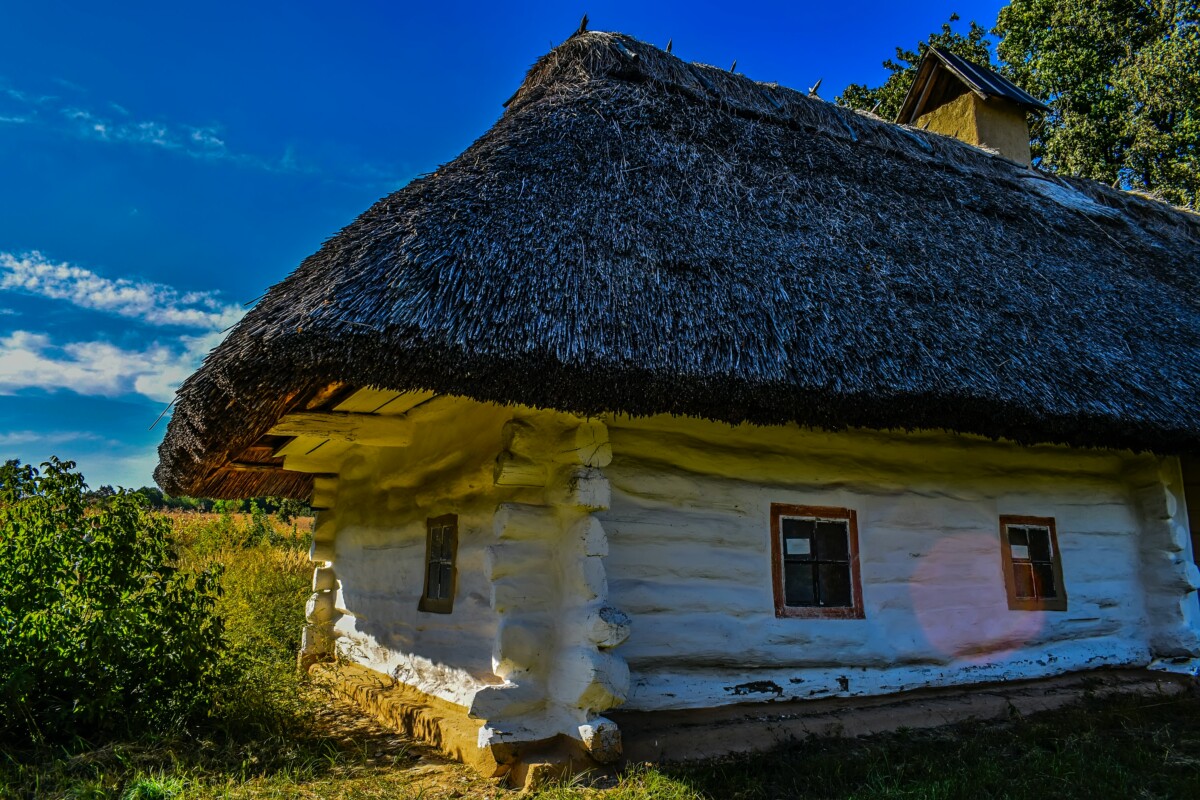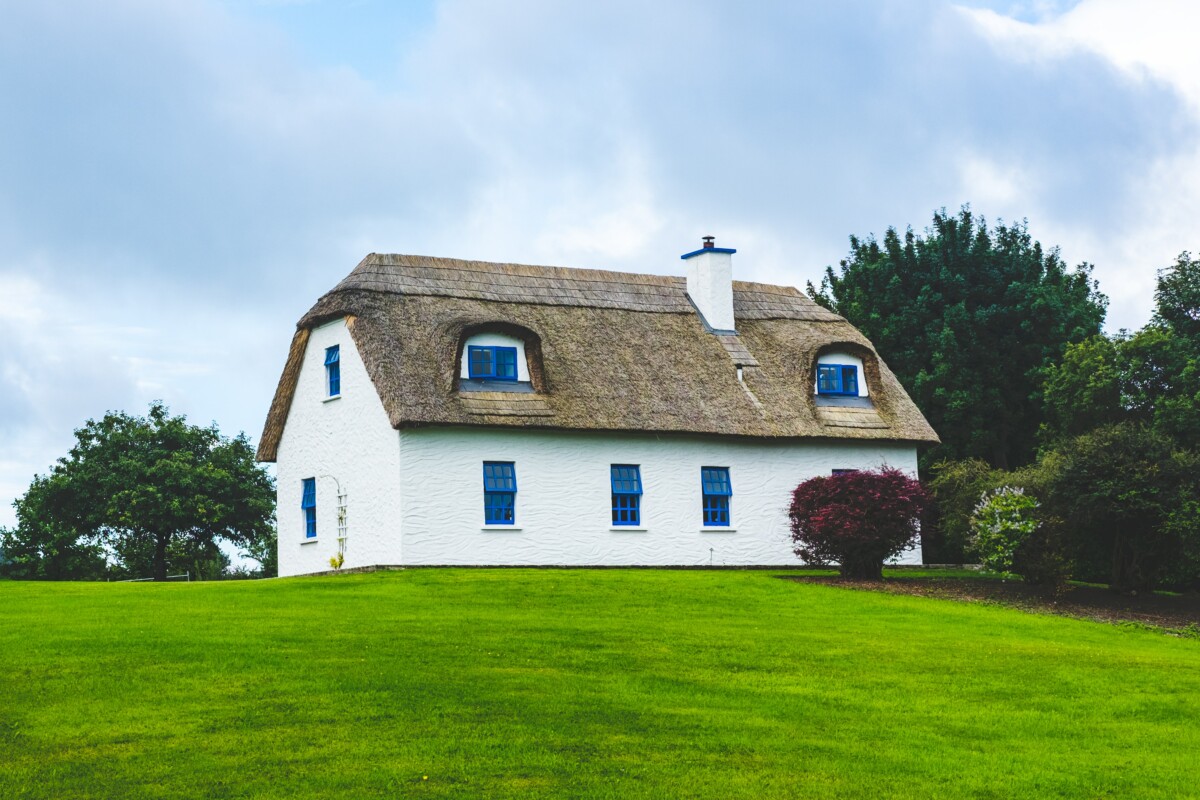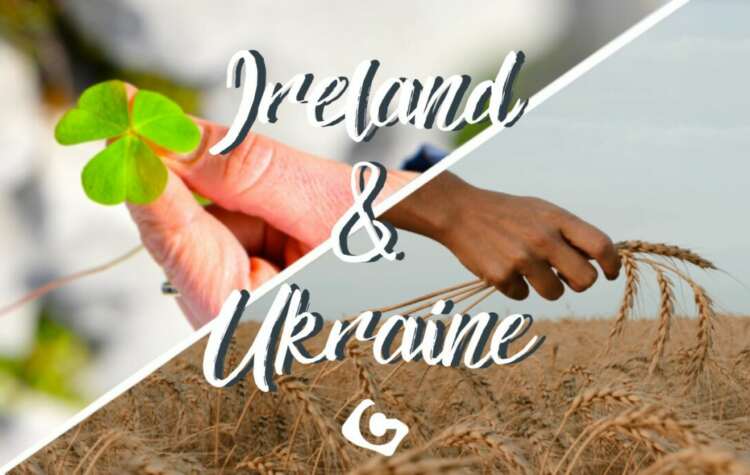
When you compare Ukraine with other countries, the first ones to cross your mind would be its Eastern European neighbours – Poland, Slovakia, the Czech Republic, (or unfortunately, the terrorist country russia). However, there’s another country on the world map, located thousands of miles away from Ukraine, which has surprisingly a lot in common with it.
We’re talking about… Ireland!
How come these two peoples – one of Celtic, the other of Slavic origin – actually share a lot of similarities? Is that a mere coincidence or rather an inevitable pattern of history going in circles and teaching its lessons?
Having led multiple tours to both Ukraine and Ireland, we’ll help you find this out!
So, here’s 10 things these countries have in common:
1. Is Ukraine the Celts’ homeland?
Have you ever wondered why the ancient name of France Gaul, or Galicia in Spain, Galatia in Asia Minor, the city of Galati on the Danube, and Halychyna in Western Ukraine sound so similar? At one time, all of them were covered with settlements and cities of the Celtic tribes, namely the Gauls.
After their conquering campaigns, the Celts settled in the vast expanses of Europe. The eastern border of the Celtic world passed through the territory of modern-day Ukraine – in Transcarpathia, the Boyko region, and Halychyna. These territories one can easily call the Celts’ homeland.

The Celts in Ukraine left a considerable mark – both linguistic and archaeological. For example, near Mukachevo in Zakarpattia, there is an archaeological monument – Halish-Lovachka, which is the remains of a Celtic metallurgical center (3rd-1st cc. BC). There were found about a thousand tools, silver coins, shears for shearing sheep, casings for mountain boats, scythes, grain grinders, swords, and shields.

2. Countries overcoming their mighty neighbours
The most interesting and defining common point is the fact that both nations existed too long as part of an empire or in its shadow.
What Ireland was for England, Ukraine has become for russia. England and russia with their imperial ambitions claimed a right to subdue neighbouring people and destroy their identity, culture, and language. England’s control over Ireland was established at the turn of the 17th century, making it the first English colony. Ukraine fell under russian rule 50 years later.
Ireland gained independence in 1922, while Ukrainians had to wait nearly 70 years more, until the collapse of the Soviet Union. And even now Ukraine protects its independence and territories, and bravely fights back against russian forces in the war, which has lasted for nine years already.

3. Both struggle to preserve their languages
Irish and Ukrainian faced either colonial or cultural oppression but have survived for hundreds of years. England and the Soviet regime’s policies towards Ireland and Ukraine respectively were quite similar – they attempted to suppress national identities, cultures, and, above all else, languages.
Of course, Ukraine was more fortunate than Ireland in the struggle for its own language – 67,5% of its population speaks Ukrainian (in contrast to Ireland with 39.8%). But this number is growing rapidly. With the beginning of the war in 2022 more and more people switched to Ukrainian, to differentiate themselves from the russian occupants. That’s the case when a language becomes a real weapon of resistance.


Although both the Ukrainian and Irish languages have grown considerably in recent times, still a lot of work needs to be done.
The deep similarity between the Irish and the Ukrainian manifests itself at the level of parallels in musicality or in the melody of the language. We recommend you listen to the Gaelige and then turn on the Boyko or Hutsul dialects of Ukrainian. Believe us, you will be very surprised!

4. Both experienced famines
Two great famines are imprinted in the national consciousness of the Irish and the Ukrainians. First in time is the Great Irish Famine of the 1840s; the other is the Great Ukrainian Famine of the early 1930s.
In Ireland, the Gorta Mór was caused by the British state trying to alleviate a massive failure of the food supply due to the potato blight. It was a natural event that was exacerbated by inefficient and indifferent government policies.
The Ukrainian famine known as the Holodomor (death by hunger) was state terror, a genocide against Ukrainian people carried out by the Soviet regime. There were no serious problems with harvest, but the moscow government decided to confiscate most of the grain and other products from the population to sell them for gold and, at the same time, to teach a lesson to disloyal Ukrainians.
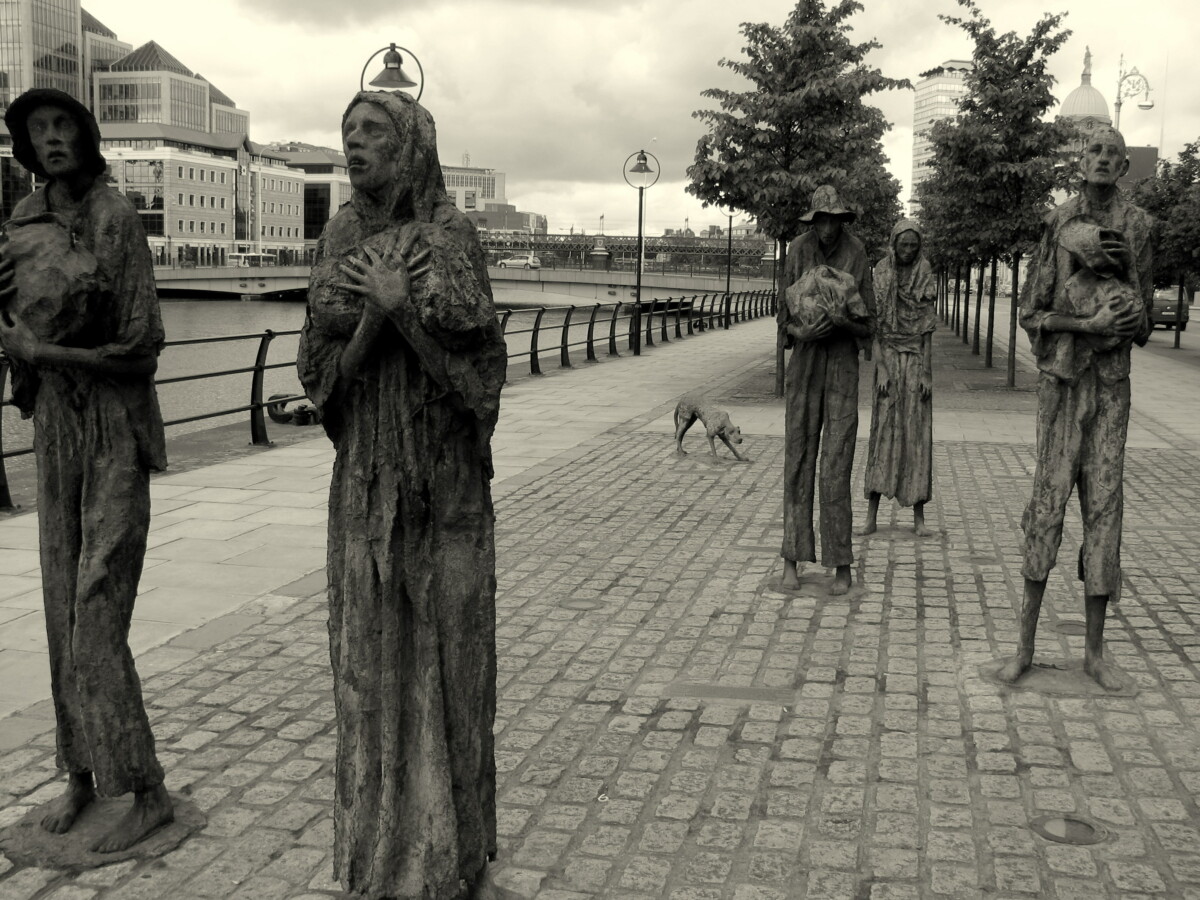
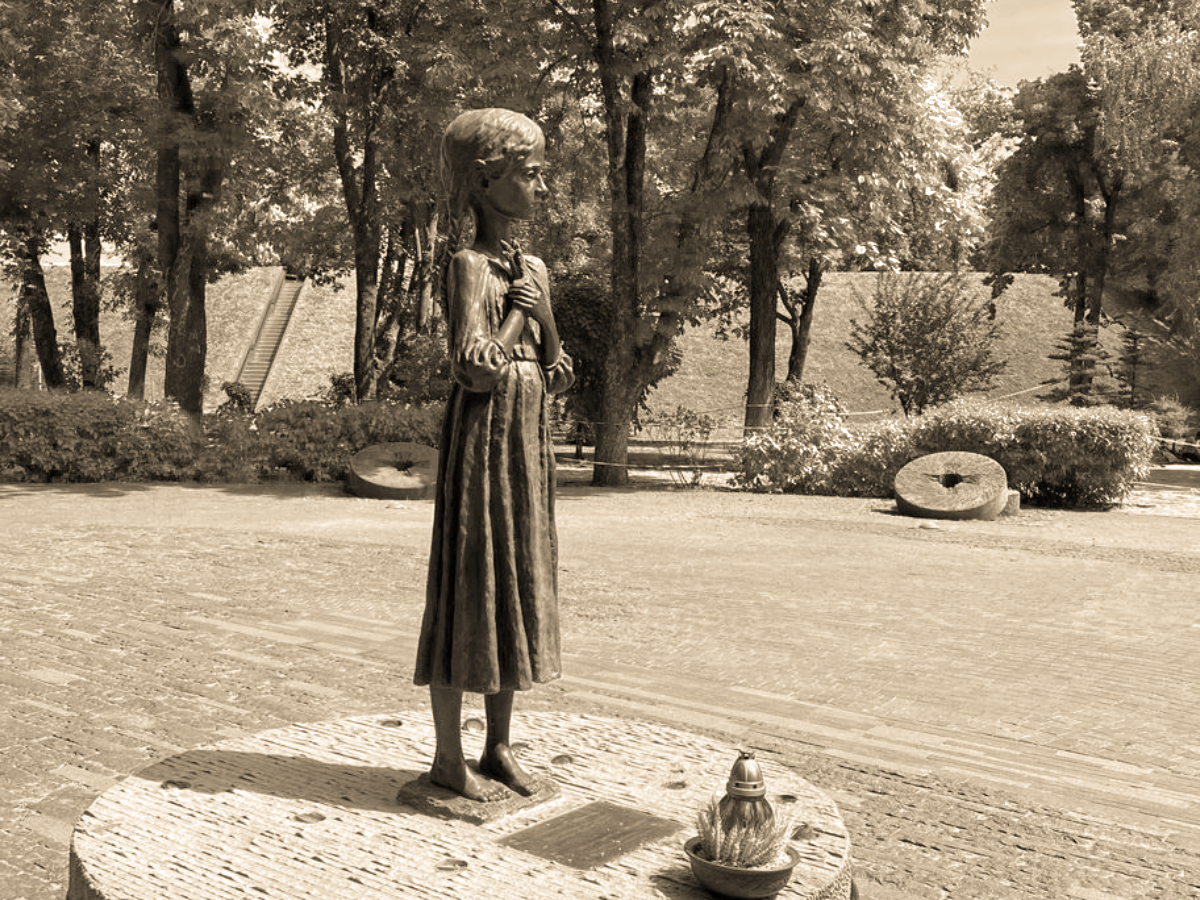
The Famine Memorial in Dublin, Ireland
Bitter Memory of Childhood sculpture installed at the National Museum of the Holodomor Genocide in Kyiv
Nevertheless, both catastrophes led to the death of millions of people and will forever remain searing episodes in the history of both countries.

5. Rich tradition of folk dance and music
When it comes to famous folk dances of Europe, the Ukrainian Hopak and Irish Step Dancing could share a place on the podium. Probably everyone can recognize the distinct elements of these dances – a spectacular high split jump of the former, and the intricate footwork of the latter.
Both dances are performed during celebrations, carnivals, Zabavas and Cèilidh, and wedding parties, and both never cease to amaze people around!
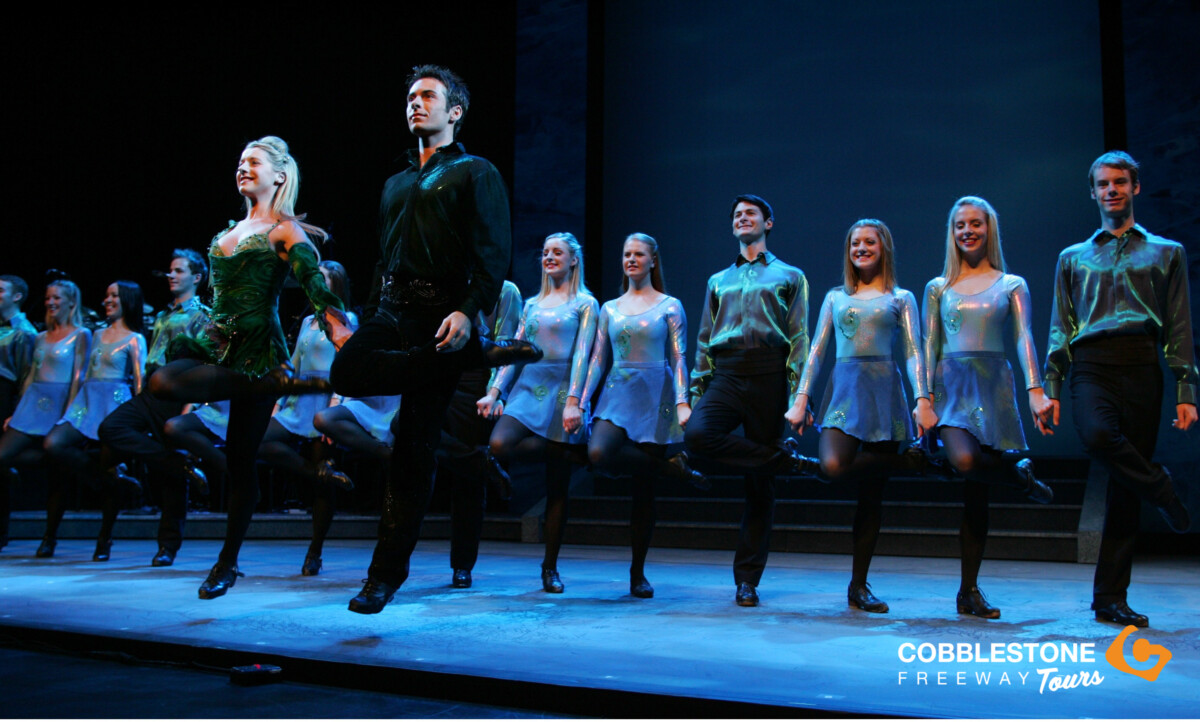
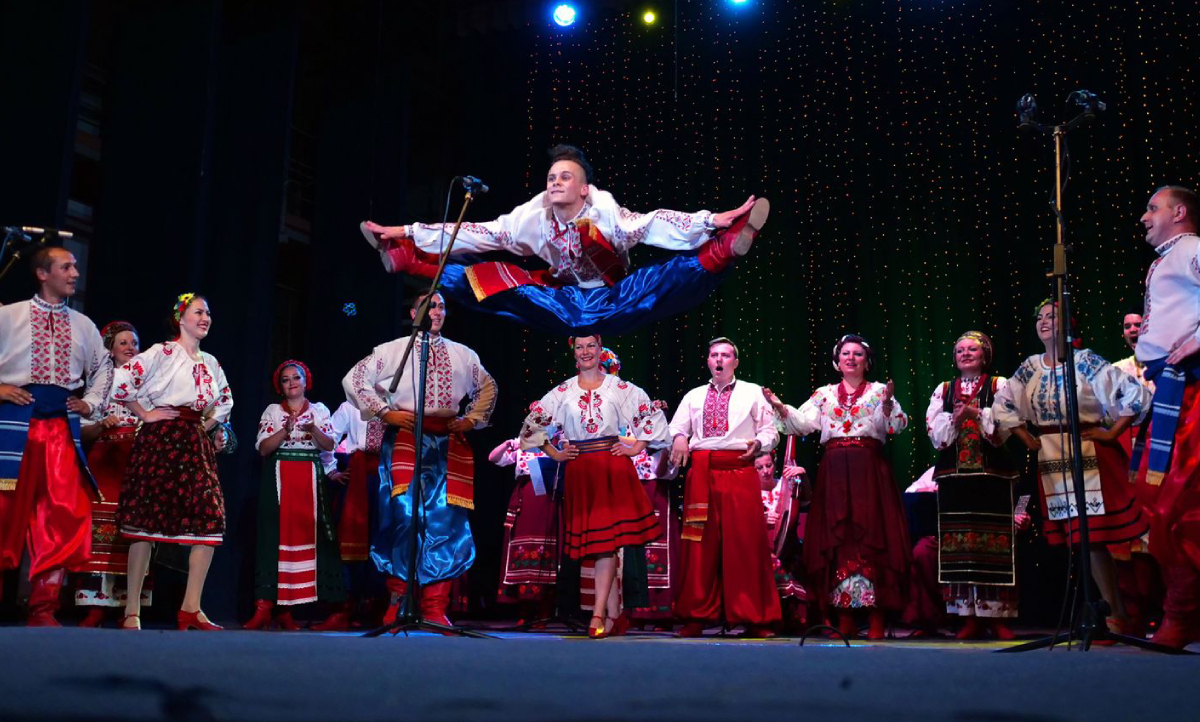
In addition to that, both peoples have fantastic folk songs, which tell about the history of these people, their characteristics and qualities, and the landscape these people live in.
Irish and Ukrainian traditional music includes many kinds of songs, including drinking songs, wedding songs, ballads, and laments, sung unaccompanied or with accompaniment by a variety of instruments. And speaking of instruments, don’t you see a resemblance between a Celtic harp and a Ukrainian bandura?
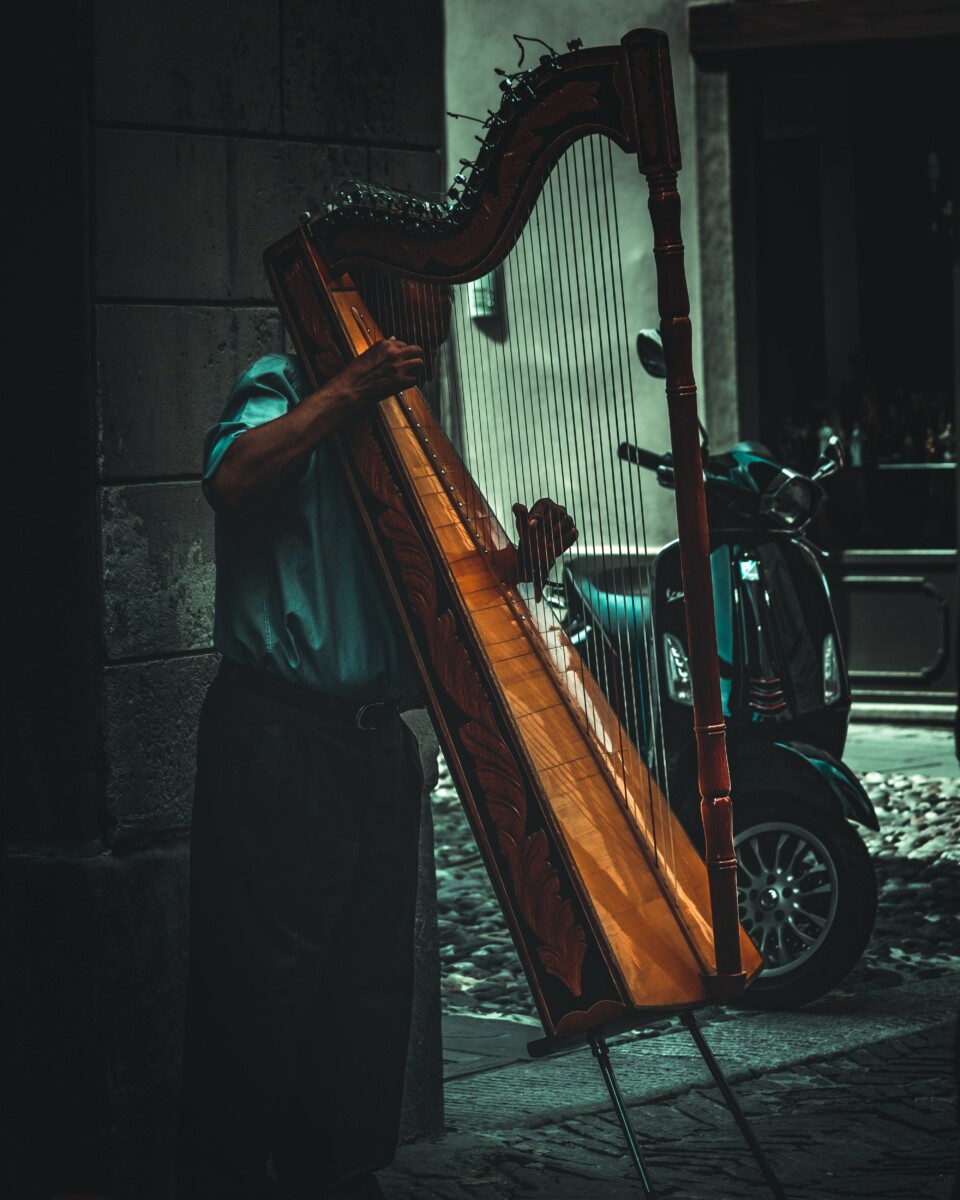
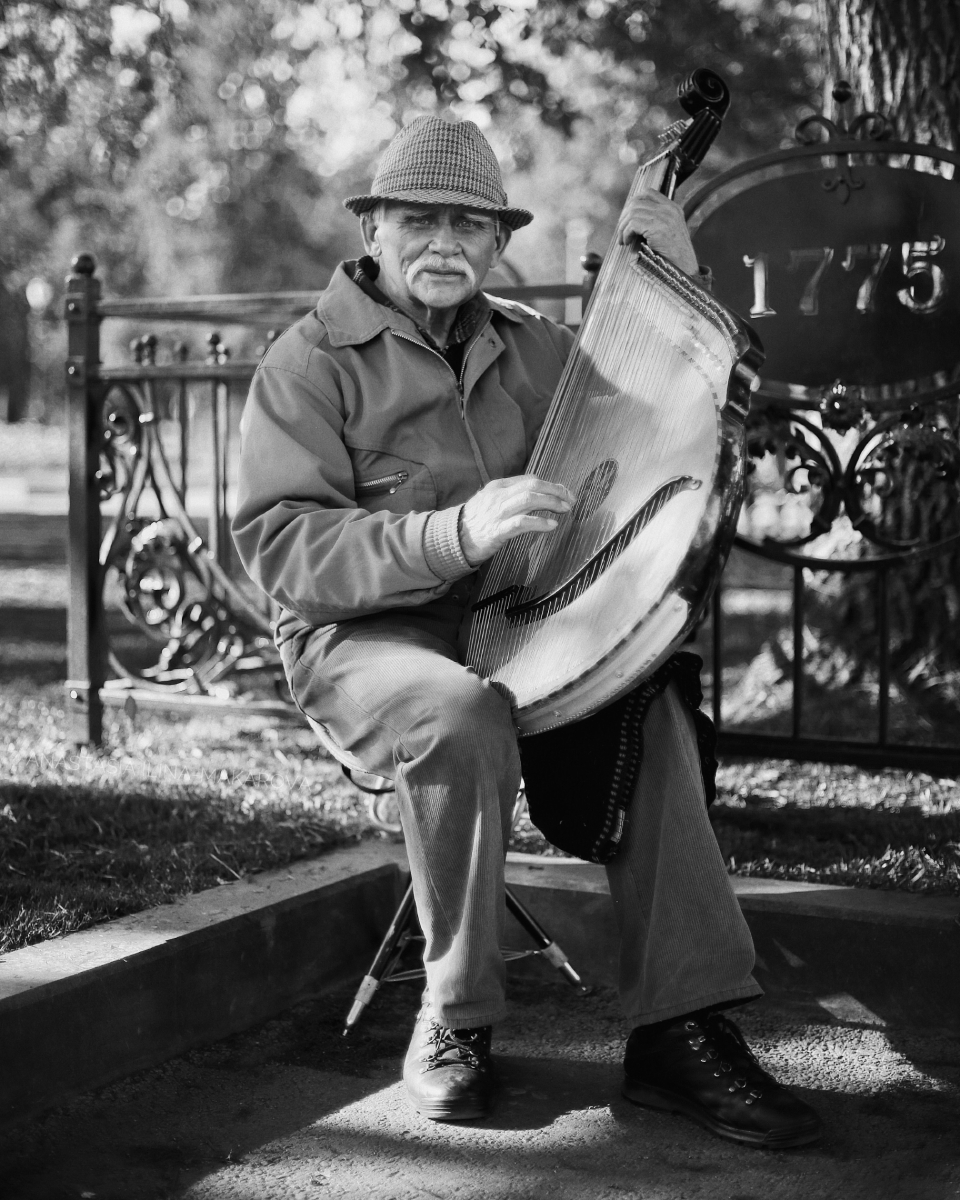
Like our content? Sign up to our newsletter
6. Both have cultures rooted in agriculture
Ukraine and Ireland are both rural and agricultural countries with farming playing a key role in their economies and societies.
The immensely fertile Ukrainian chornozem (black soil) is world-famous for creating a big crop yield of rich-tasting fruits and vegetables. Only the size of Texas, Ukraine has about 4,000 lakes, providing locals with lots of freshwaters to fish in. Although the salt waters of the Black Sea are in need of urgent cleaning, the long coastline Ukraine enjoys brought about the traditional delicacies of anchovies, caviar, and mackerel.
On the other hand, Ireland’s farming is dominated by smallholdings, but still, it is one of the major exporters of beef, sheepmeat, and dairy products to the global market. Ireland’s climate is also perfect for growing potatoes as well as other root vegetables. This is no accident the Irish eat potatoes with almost every meal!



7. Hospitality
Ask any visitor or local what makes Ireland or Ukraine so special and they will tell you it’s the people. In both countries, locals are friendly, warm, and welcoming.

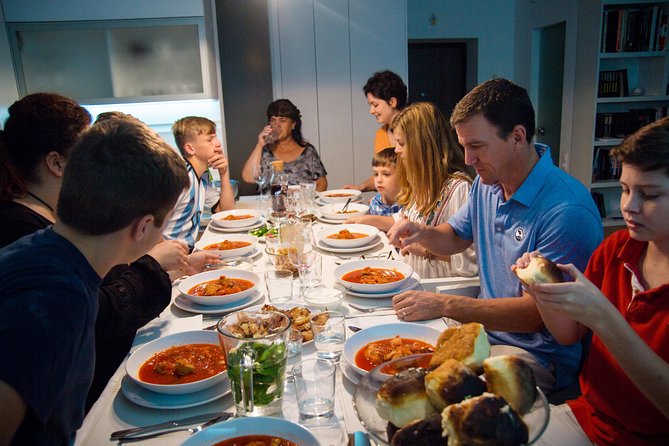
In Ireland, ‘the land of a thousand welcomes’, you will be overwhelmed by the genuine nature and welcome you receive from an Irish host, who will offer you all the food and drinks they have in their home.
Respectively, if you are a guest of a Ukrainian household, they will practically push a spoon into your hands the minute you walk through the door and keep you eating until you leave for the night.
Our guests have all experienced that on their tours of Ukraine, right?

8. Love for their food
The food is an extension of that welcoming spirit mentioned above. For both countries, cooking is a way to share their love. Sometimes, not just love, but an identity as well.
Did you know, that everyone’s favourite Ukrainian borshch was on the verge of losing its unique identity owing to the ongoing war between russia and Ukraine? Ukrainians managed to have UNESCO inscribe the Culture of Ukrainian borshch cooking on the List of Intangible Cultural Heritage in Need of Urgent Safeguarding. We think that’s how you show love for your food, don’t you?
As for Ireland, it has seen its share of hardship, but the resilience of the Irish people has caused them to create unique and satisfying Irish dishes. Famous Irish stew is a spectacular testament to the warmth of the culture and the richness of the ingredients available in Ireland.

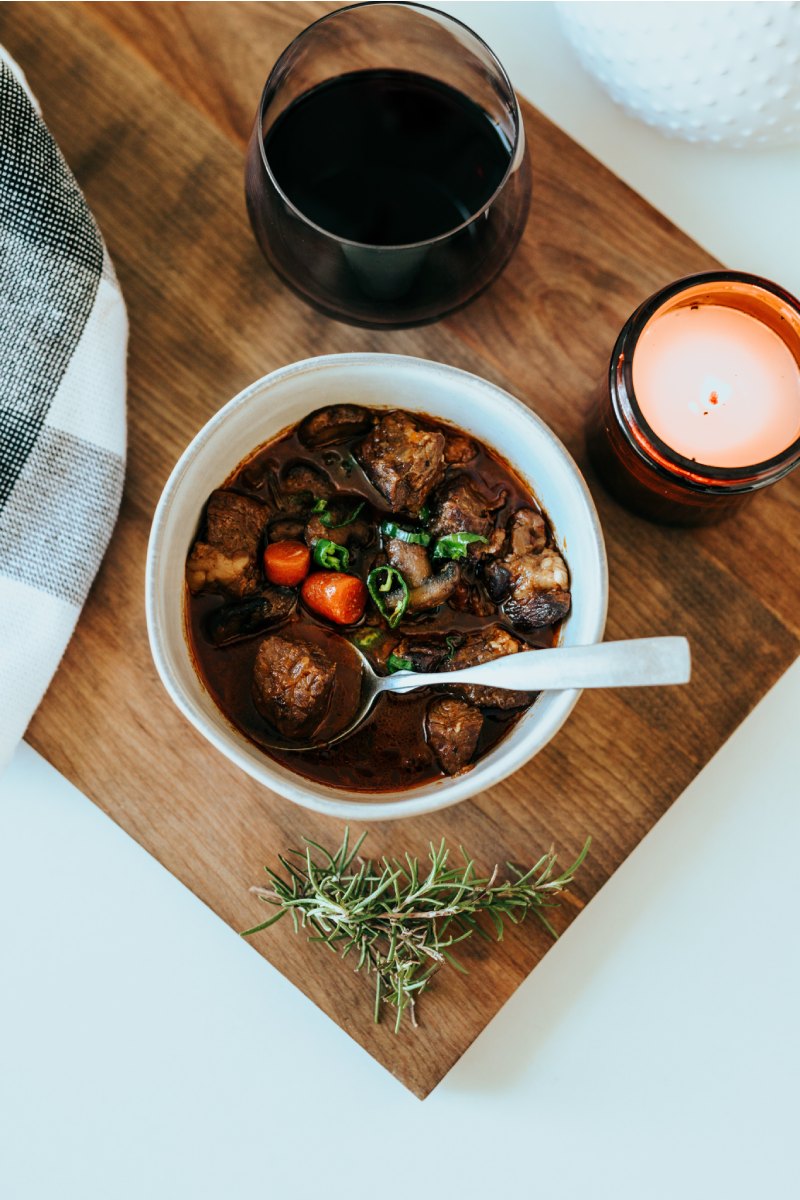

9. Thatching the roofs
The thatched roof was one of the more distinctive features of the khata (traditional Ukrainian house) in the West of Ukraine. Such roofs were cheap and easy to construct, and they were not only waterproof but heat-retentive!
Likewise, back in the days, a thousand miles away, as much as half of the population of the Emerald Isle slept under thatched roofs. A thatched roof was the key part of any traditional building for it was the thatched roof that provided the family with shelter and protection at a very cheap cost.
Of course, both Ukrainian and Irish thatched houses grew out of centuries and tradition, but that makes these dwellings more precious than ever.

10. Have huge diasporas around the world
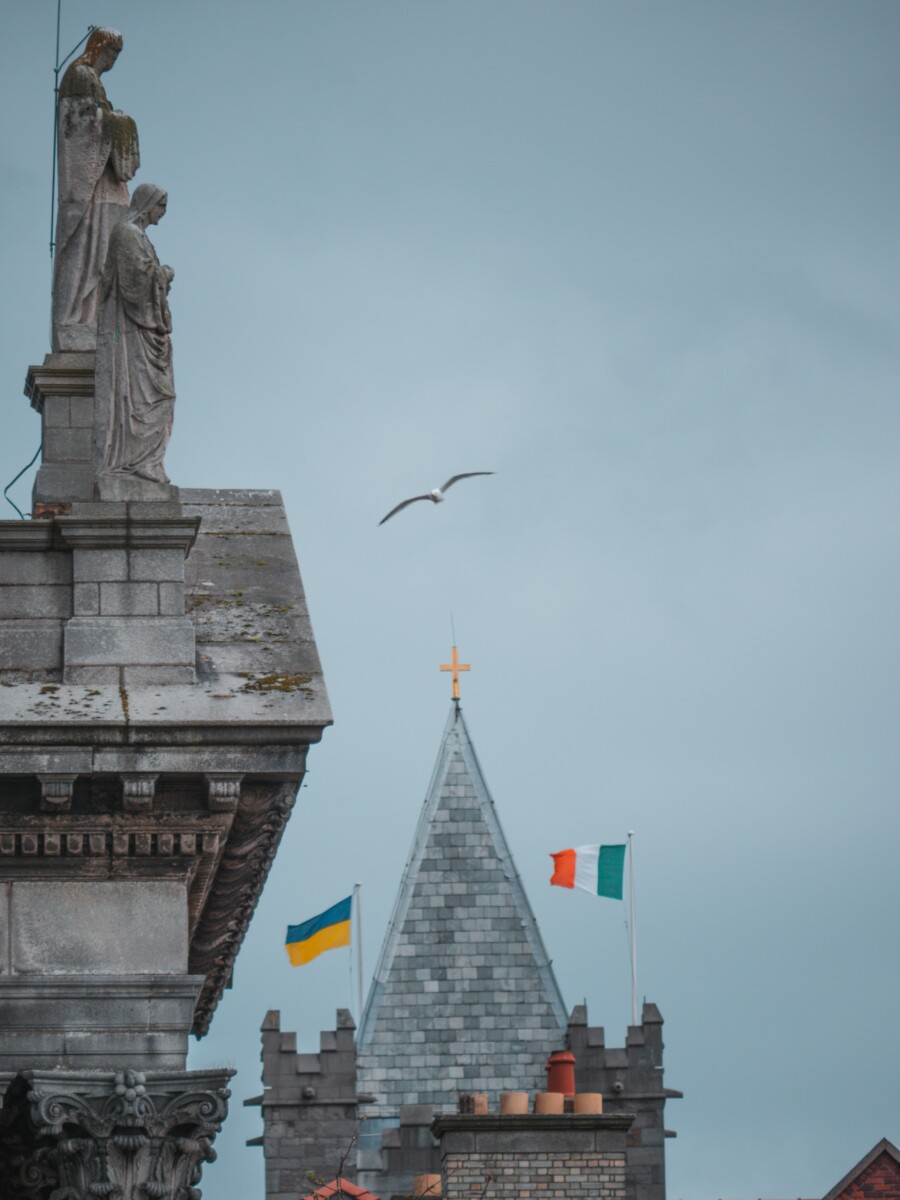
The search for a better place to live and work, and of course wars and famines, pushed Ukrainians and Irish to leave their native lands in the 19th and 20th centuries.
People left their homes in search of safety, stability, and a better life for their children. They worked hard. They managed to preserve their identities and traditions outside of their homelands where it was not always possible due to certain reasons.
Nowadays, Ukraine and Ireland have one of the world’s best-developed relationships between the home countries and their diasporas. For many migrants and their descendants, linkages to their home countries are a significant element of their personal identity, regardless of how many generations of their family have lived outside of it.
While our Tours of Ukraine are temporarily on hold, you can discover scenic Ireland with us!
Our Ultimate Ireland Tour will take you on an unforgettable journey through this ancient land with its rich cultural heritage.



